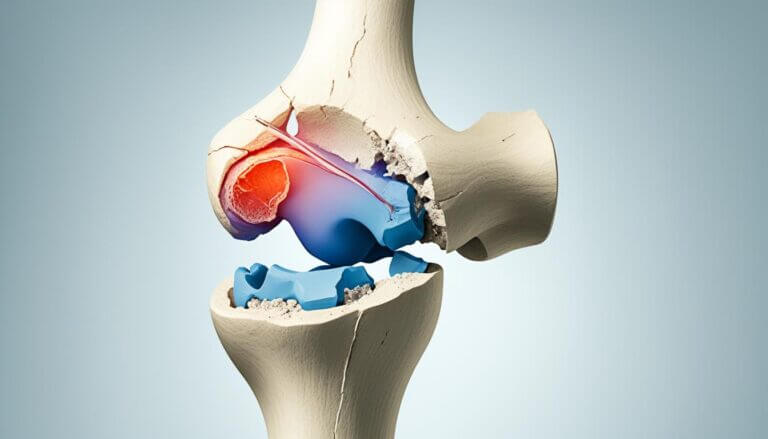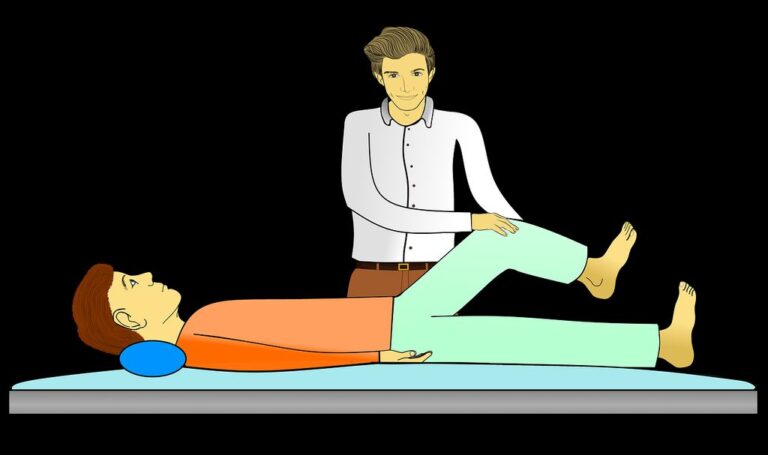The age at which one first came into contact with football and the number of years one played were associated with less white matter in the brain
Chronic traumatic encephalopathy (CTE) isn’t the only problem football players need to be aware of. Long careers in American football are linked to less white matter in the brain and problems with impulsive behavior and thinking, according to a new study from the Boston University CTE Center. This finding is independent of whether football players had chronic traumatic encephalopathy (CTE).
CTE is a progressive neurodegenerative disease that often occurs in contact athletes. However, many former contact athletes suffer from thinking problems and impulsive behavior in the absence of CTE, or with very mild CTE. This new study suggests that a separate type of brain damage, which may occur earlier than CTE, may underlie some of these symptoms.
“White matter damage may help explain why football players are more likely to develop cognitive and behavioral problems later in life, even in the absence of CTE,” says corresponding author Thor Stein, MD, PhD, a neuropathologist at VA Boston Healthcare System. and assistant professor of pathology and laboratory medicine at Boston University Chobanian & Avedisian School of Medicine.
The researchers studied the brains of 205 deceased American football players donated to the Veterans Affairs-Boston University-Concussion Legacy Foundation (VA-BU-CLF) Brain Bank and measured the levels of myelin, a component of the white matter that covers, protects and accelerates the brain. the connections in the brain. They then interviewed family members on measures of cognition and impulsivity and then compared how length of career and age at which they started playing football were related to myelin level, and how myelin level was related to cognition and impulsivity. In addition to playing football for more years, the researchers found that starting tackle football at a younger age was also associated with greater white matter loss, independent of career length.
“These results suggest that existing tests that measure white matter injury over life, including imaging and blood tests, can help elucidate possible causes of changes in behavior and cognition in former contact athletes. We can also use these tests to better understand how repetitive blows to the head from football and other sports lead to long-term white matter injury,” said co-author Michael L. Alosco, PhD, associate professor of neurology.
The researchers hope these findings will help reinforce the idea that more needs to be done to protect the brains of athletes, especially children, from repeated blows to the head.
These findings appear online in the journal Brain communicationS.
This work was supported by grant funding from: NIA (AG057902, AG06234, RF1AG054156), NINDS (U54NS115266, K23NS102399, RF1NS122854), National Institute of Aging Boston University AD Center (P30AG072978); the U.S. Department of Veterans Affairs, Veterans Health Administration, BLRD Merit Award (I01BX005161); the Nick and Lynn Buoniconti Foundation, and BU-CTSI grant number 1UL1TR001430. The views, opinions, and/or findings expressed in this article are those of the authors and should not be construed as an official position, policy, or decision of the Department of Defense unless stated so in other official documentation. Funders played no role in designing and conducting the study; collection, management, analysis and interpretation of the data; preparation, review or approval of the manuscript; or decide to submit the manuscript for publication.





